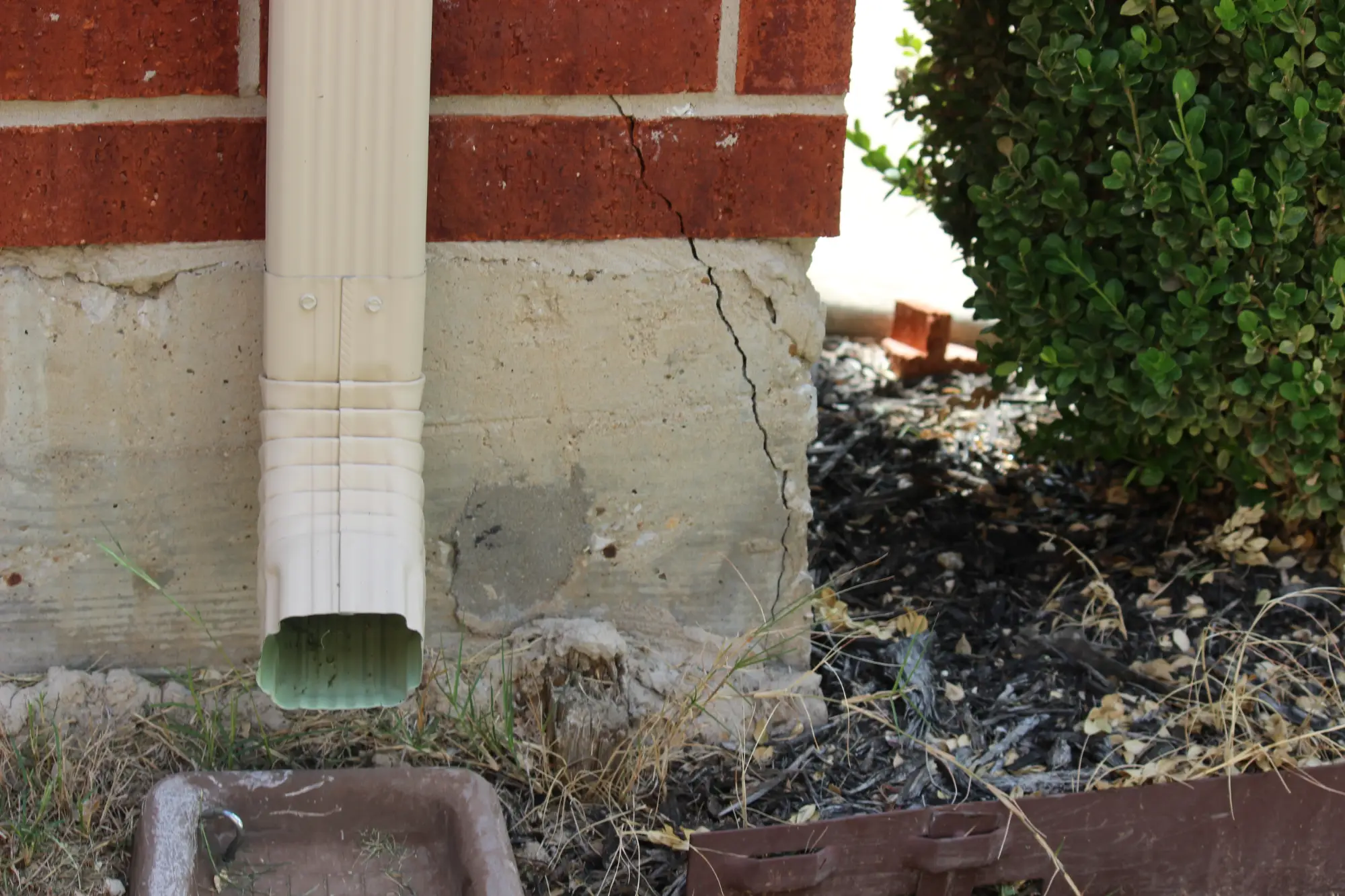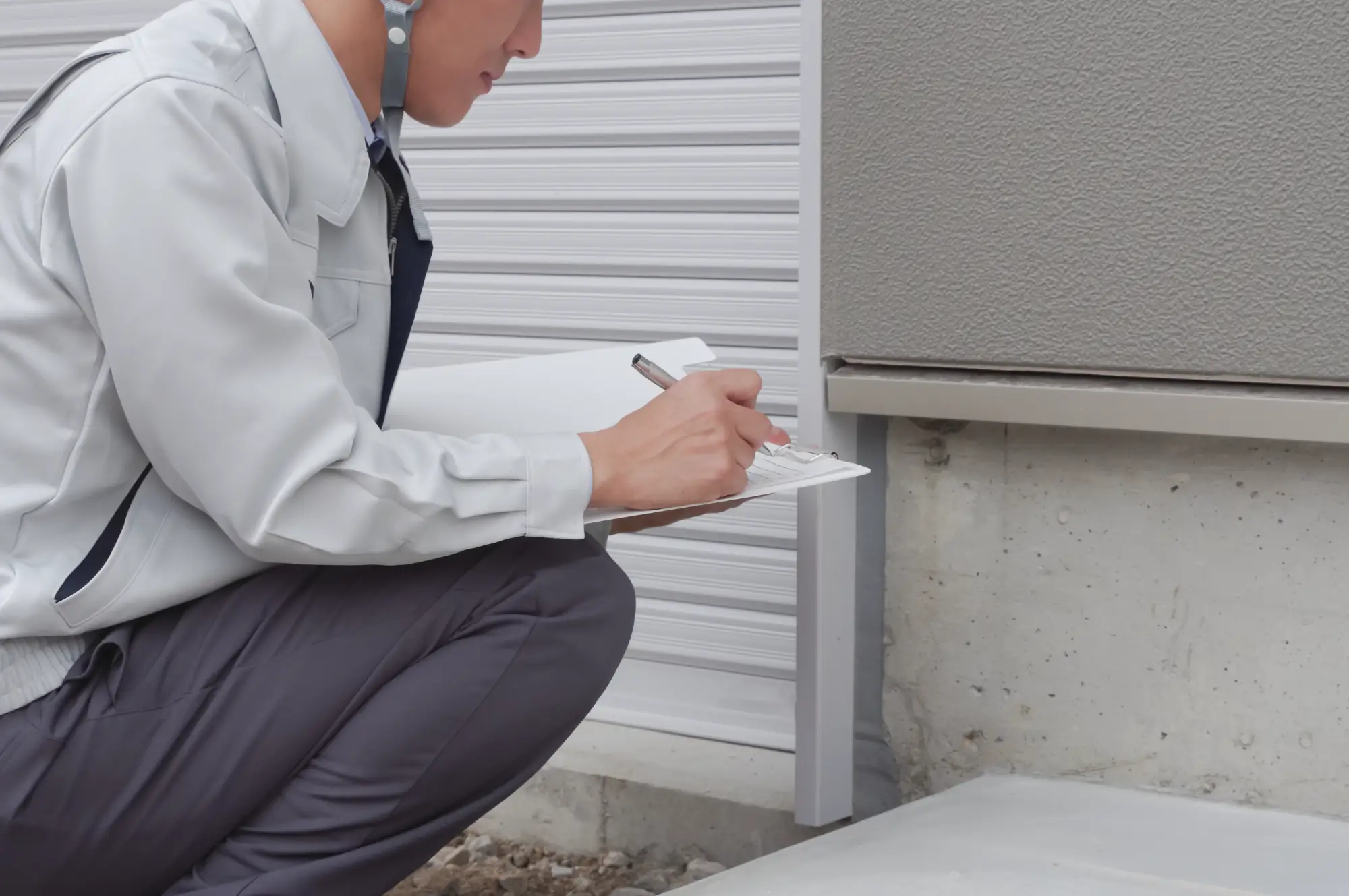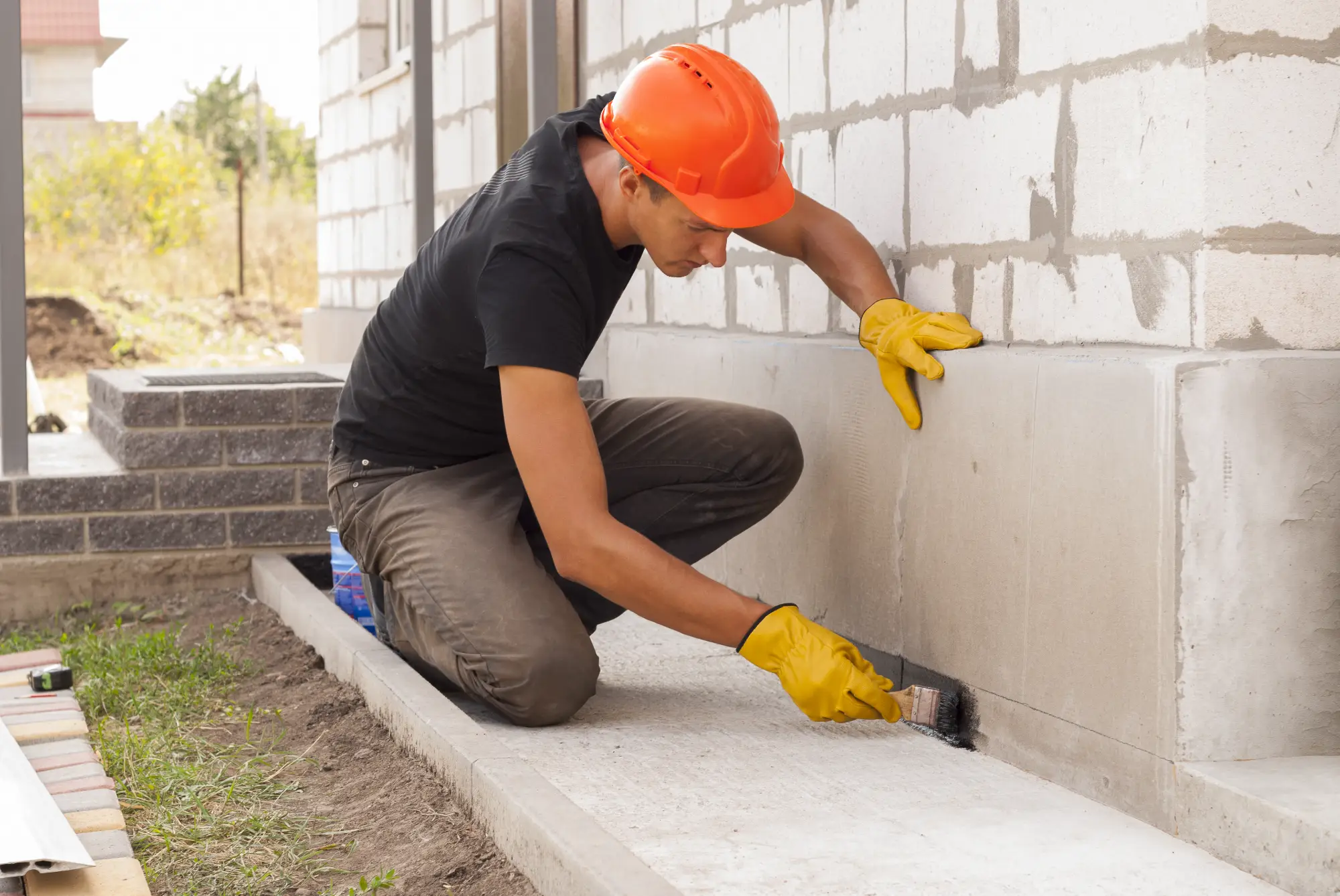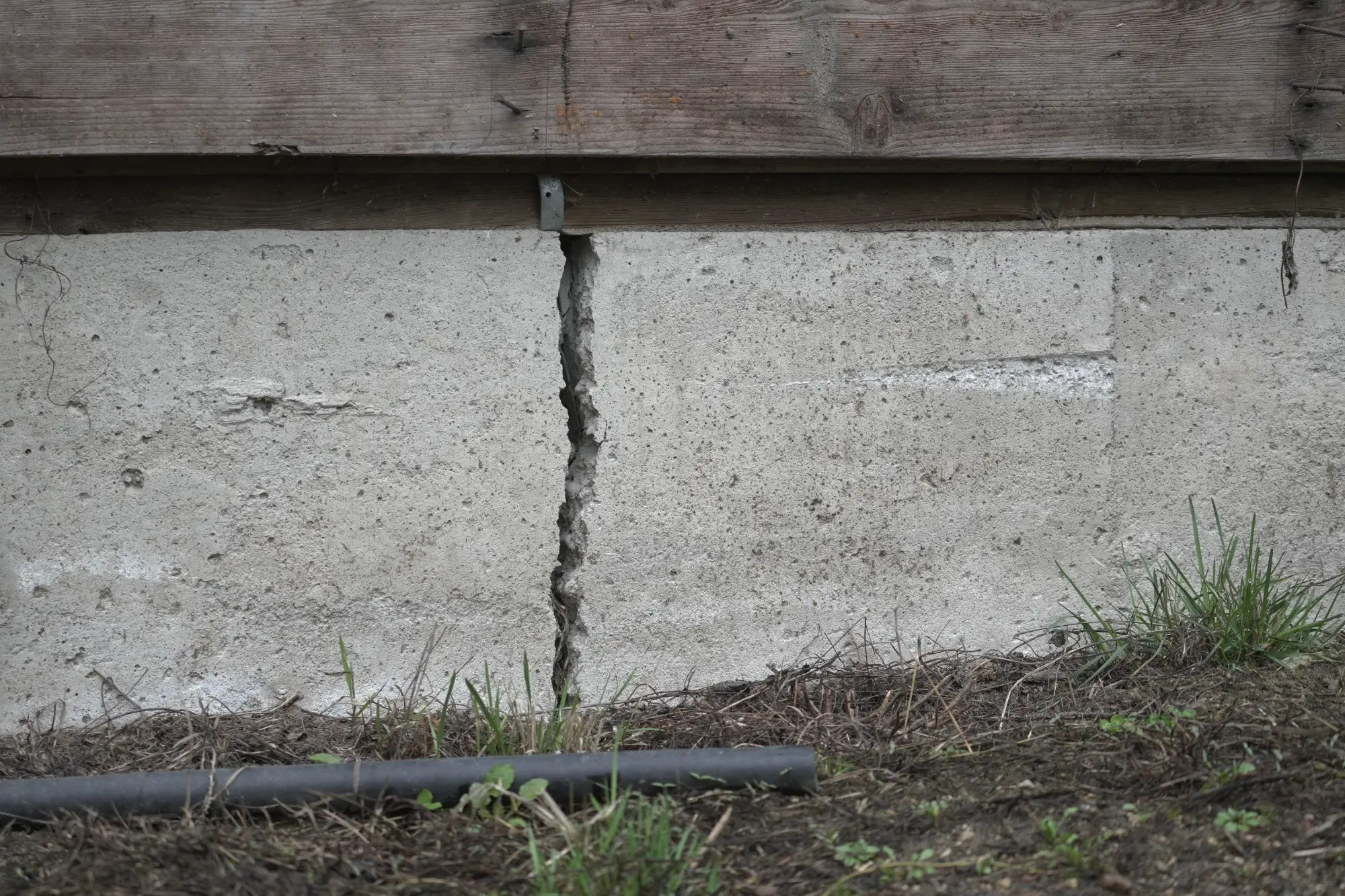Foundation Crack Repair in Huntington, NY
Stop Foundation Cracks Before They Spread
Permanent crack injection and structural repairs that protect your home’s foundation and prevent water infiltration.

Hear About Us

Professional Foundation Repair Huntington
You notice that crack in your basement wall during the last heavy rain. Water’s seeping through, and you’re wondering if this is just the beginning of a bigger problem.
Here’s what happens when foundation cracks get properly repaired. The water stops coming in. That musty smell in your basement disappears. You stop worrying every time it rains hard whether you’ll find a puddle downstairs.
More importantly, you know your home’s structural integrity is protected. Foundation crack repair isn’t just about stopping water – it’s about preventing small problems from becoming expensive disasters. When cracks are sealed correctly with professional injection techniques, they stay sealed. Your basement stays dry, your foundation stays stable, and you get back to not thinking about your foundation at all.
Huntington Foundation Repair Contractors
We handle foundation problems throughout Huntington and Long Island. We understand how coastal weather and local soil conditions affect foundations here.
Most foundation issues we see could have been prevented with early intervention. That’s why we focus on thorough assessments and permanent repairs rather than quick fixes that fail in two years.
We’ve been working with Long Island foundations long enough to know which repair methods actually last and which ones just buy you time. When we repair foundation cracks, we’re thinking about how that repair will hold up through nor’easters, freeze-thaw cycles, and everything else this area throws at foundations.

Foundation Crack Injection Process
First, we assess the crack to determine if it’s structural or just settling. Not all cracks are the same, and the repair method depends on what’s causing the crack and where it’s located.
For most foundation cracks, we use professional injection techniques. We clean out the crack, install injection ports, and pump in polyurethane or epoxy material under pressure. This fills the entire crack from inside the wall, not just the surface you can see.
The material we inject expands slightly as it cures, creating a watertight seal that’s often stronger than the surrounding concrete. We test each repair to make sure it’s completely sealed before we finish the job.
For structural cracks, we might need additional reinforcement or different repair methods. We’ll explain exactly what your foundation needs and why, so you understand what you’re getting.

Ready to get started?
Explore More Services
About Diamond Masonry & Waterproofing
Get a Free Consultation
Basement Wall Crack Repair
Every foundation repair starts with a complete assessment of your foundation’s condition. We don’t just fix the crack you called about – we identify other potential problems before they start leaking.
Our crack injection process includes cleaning and preparing the crack, installing injection equipment, and filling the crack with professional-grade sealant material. We also check for related issues like poor drainage or settlement that might cause new cracks.
You get a repair that’s designed to last. We use materials rated for below-grade applications that won’t break down from moisture or temperature changes. Most importantly, we explain what caused the crack so you can prevent similar problems in other areas of your foundation.

How do I know if a foundation crack is serious?
Will crack injection actually stop water from coming through?
How much does foundation crack repair typically cost?
How long does foundation crack repair take to complete?
Should I try to fix foundation cracks myself?
What causes foundation cracks in the first place?
Local Resources
- Google Map Link
- Find the Huntington, NY USPS
- Locate Nearby Huntington, NY Pharmacies
- View the Current Weather in Huntington, NY
- Huntington, NY is located in Suffolk county in New York State